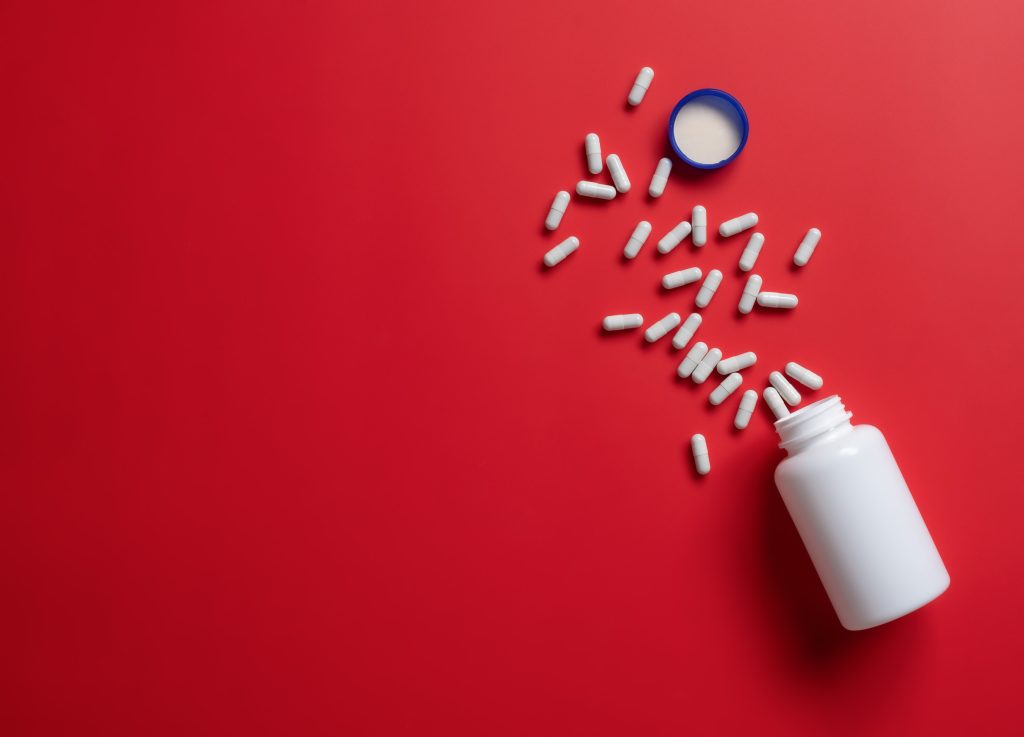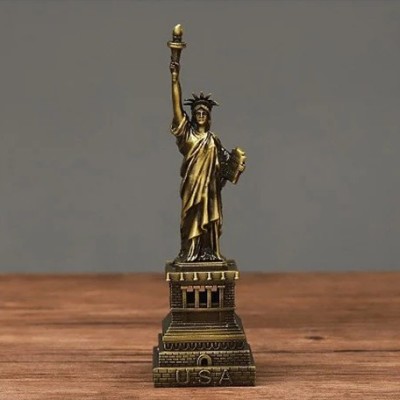
www.optimistdaily.com
Turning plastic into pain relief: scientists transform PET waste into paracetamol
BY THE OPTIMIST DAILY EDITORIAL TEAM
In a groundbreaking blend of biotechnology and sustainability, researchers at the University of Edinburgh have figured out how to turn plastic bottle waste into paracetamol (also known as acetaminophen), one of the world’s most widely used painkillers. Their innovative method transforms discarded PET (polyethylene terephthalate), the plastic commonly used in drink bottles and food packaging, into a valuable pharmaceutical, all with the help of genetically engineered E. coli bacteria.
This dual-purpose solution doesn’t just address the ever-growing issue of plastic pollution; it also provides a cleaner, more sustainable route to producing an essential medicine. As the research team has shown, the process takes less than 24 hours, operates at room temperature, and emits no carbon, making it an efficient and environmentally friendly alternative to conventional drug production methods.
The news comes at an especially fitting time: July is recognized as Plastic Free July, a movement that encourages people to reduce their reliance on single-use plastics. This scientific breakthrough highlights how innovation at the molecular level can complement everyday actions in the effort to reduce plastic waste and build a circular economy.
A living lab for plastic conversion
The process begins by chemically treating PET waste and introducing it to specially reprogrammed E. coli. The bacteria get to work breaking the plastic down into terephthalic acid, a compound that serves as a key building block for the conversion process.
Inside the modified E. coli, that compound undergoes a transformation known as the Lossen rearrangement, a chemical reaction that results in the creation of para-aminobenzoic acid (PABA). Notably, PABA is not just an intermediate step in the conversion, it also helps sustain the bacteria’s growth. From there, additional engineered metabolic pathways in the bacteria convert PABA into paracetamol.
Remarkably, this streamlined process converts roughly 90 percent of the plastic-derived terephthalic acid into usable paracetamol. The study’s findings, recently published in Nature Chemistry, demonstrate not only the technical feasibility of the method but also its potential scalability if further research and refinement continue to show promising results.
A promising future for sustainable pharmaceuticals
While the method isn’t ready for commercial deployment just yet, the team is optimistic. “We are bringing in exceptional companies like AstraZeneca to work with Stephen and others at the University to translate these cutting-edge discoveries into world-changing innovations,” said Ian Hatch, head of consultancy at Edinburgh Innovations, the university’s commercialization office.
For now, the innovation marks a hopeful step toward a circular future where the plastic waste cluttering our landfills and oceans could one day help relieve human pain. It’s an elegant example of how science can tackle two major problems at once: plastic pollution and the carbon-intensive nature of pharmaceutical manufacturing.
Source study: Nature Chemistry—A biocompatible Lossen rearrangement in Escherichia coliThe post Turning plastic into pain relief: scientists transform PET waste into paracetamol first appeared on The Optimist Daily: Making Solutions the News.










